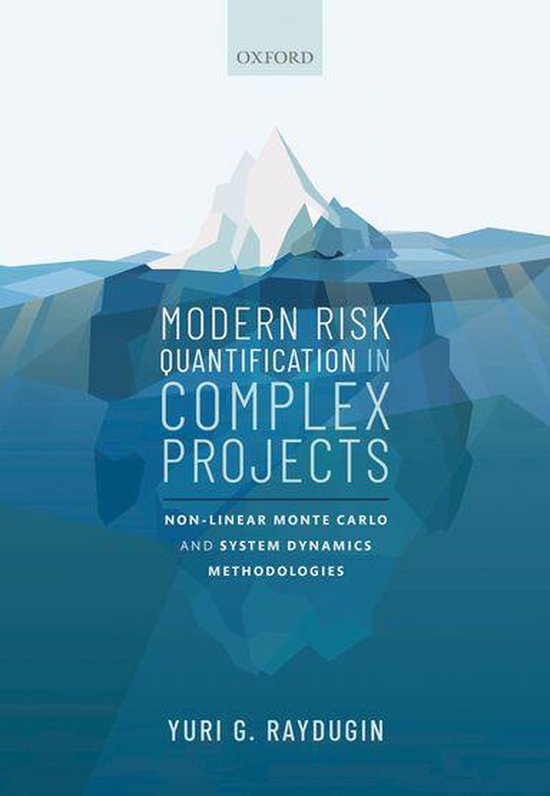
Chaos
An exploration of chaos: motion that is paradoxically predictable yet random, aided by elementary mathematics, numerous figures, and computer animations (available on a companion CD). The history, mechanism, and practical consequences of this fascinating phenomenon are explained in terms accessible to a motivated high school student.
Based on only elementary mathematics, this engaging account of chaos theory bridges the gap between introductions for the layman and college-level texts. It develops the science of dynamics in terms of small time steps, describes the phenomenon of chaos through simple examples, and concludes with a close look at a homoclinic tangle, the mathematical monster at the heart of chaos. The presentation is enhanced by many figures, animations of chaotic motion (available on a companion CD), and biographical sketches of the pioneers of dynamics and chaos theory. To ensure accessibility to motivated high school students, care has been taken to explain advanced mathematical concepts simply, including exponentials and logarithms, probability, correlation, frequency analysis, fractals, and transfinite numbers. These tools help to resolve the intriguing paradox of motion that is predictable and yet random, while the final chapter explores the various ways chaos theory has been put to practical use.
Based on only elementary mathematics, this engaging account of chaos theory bridges the gap between introductions for the layman and college-level texts. It develops the science of dynamics in terms of small time steps, describes the phenomenon of chaos through simple examples, and concludes with a close look at a homoclinic tangle, the mathematical monster at the heart of chaos. The presentation is enhanced by many figures, animations of chaotic motion (available on a companion CD), and biographical sketches of the pioneers of dynamics and chaos theory. To ensure accessibility to motivated high school students, care has been taken to explain advanced mathematical concepts simply, including exponentials and logarithms, probability, correlation, frequency analysis, fractals, and transfinite numbers. These tools help to resolve the intriguing paradox of motion that is predictable and yet random, while the final chapter explores the various ways chaos theory has been put to practical use.
| Auteur | | Richard Kautz |
| Taal | | Engels |
| Type | | Hardcover |
| Categorie | | Wetenschap & Natuur |



